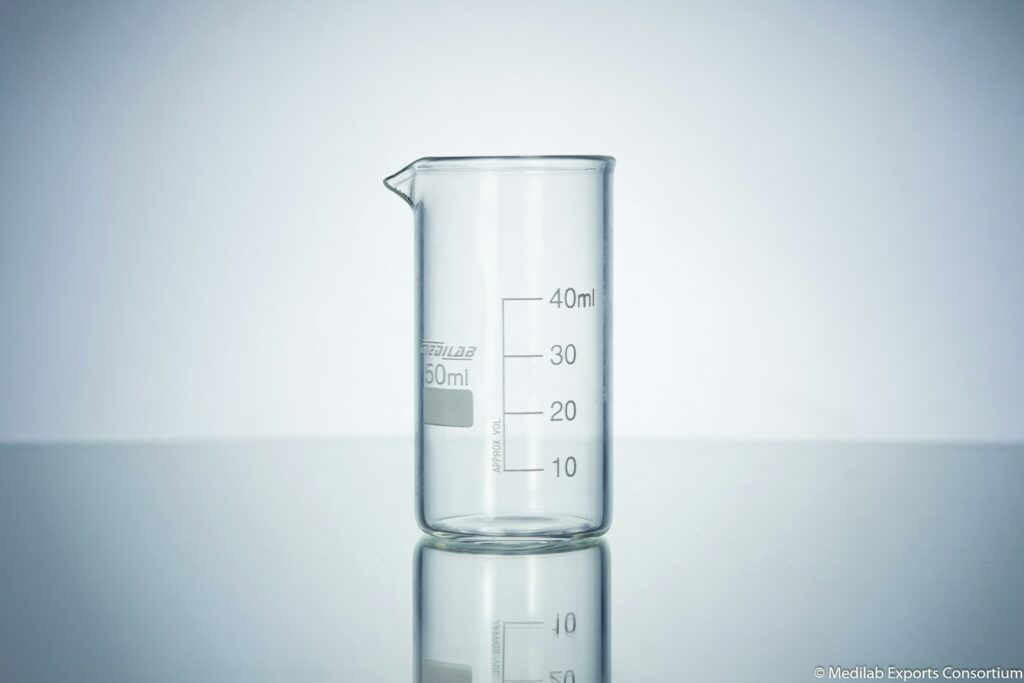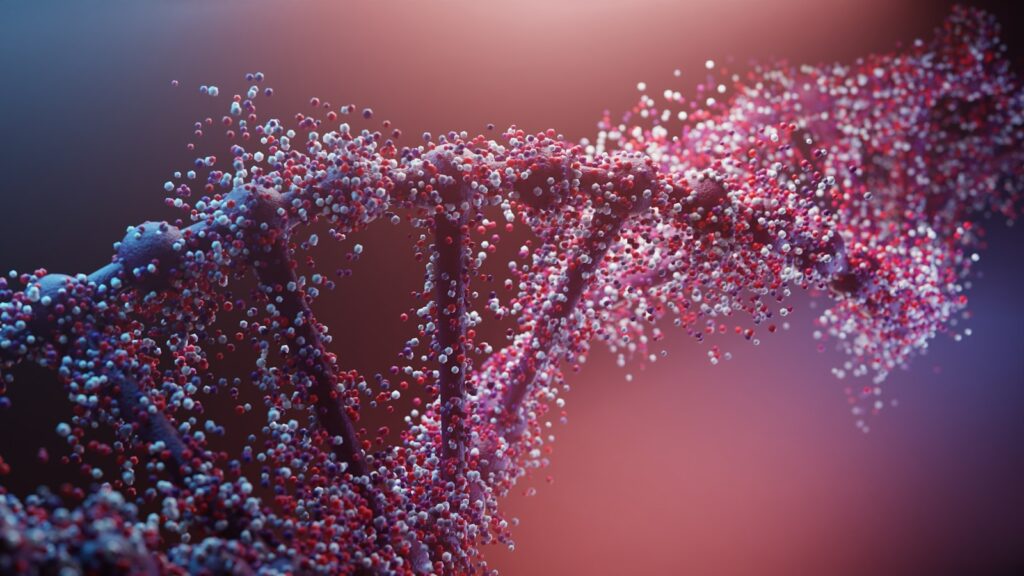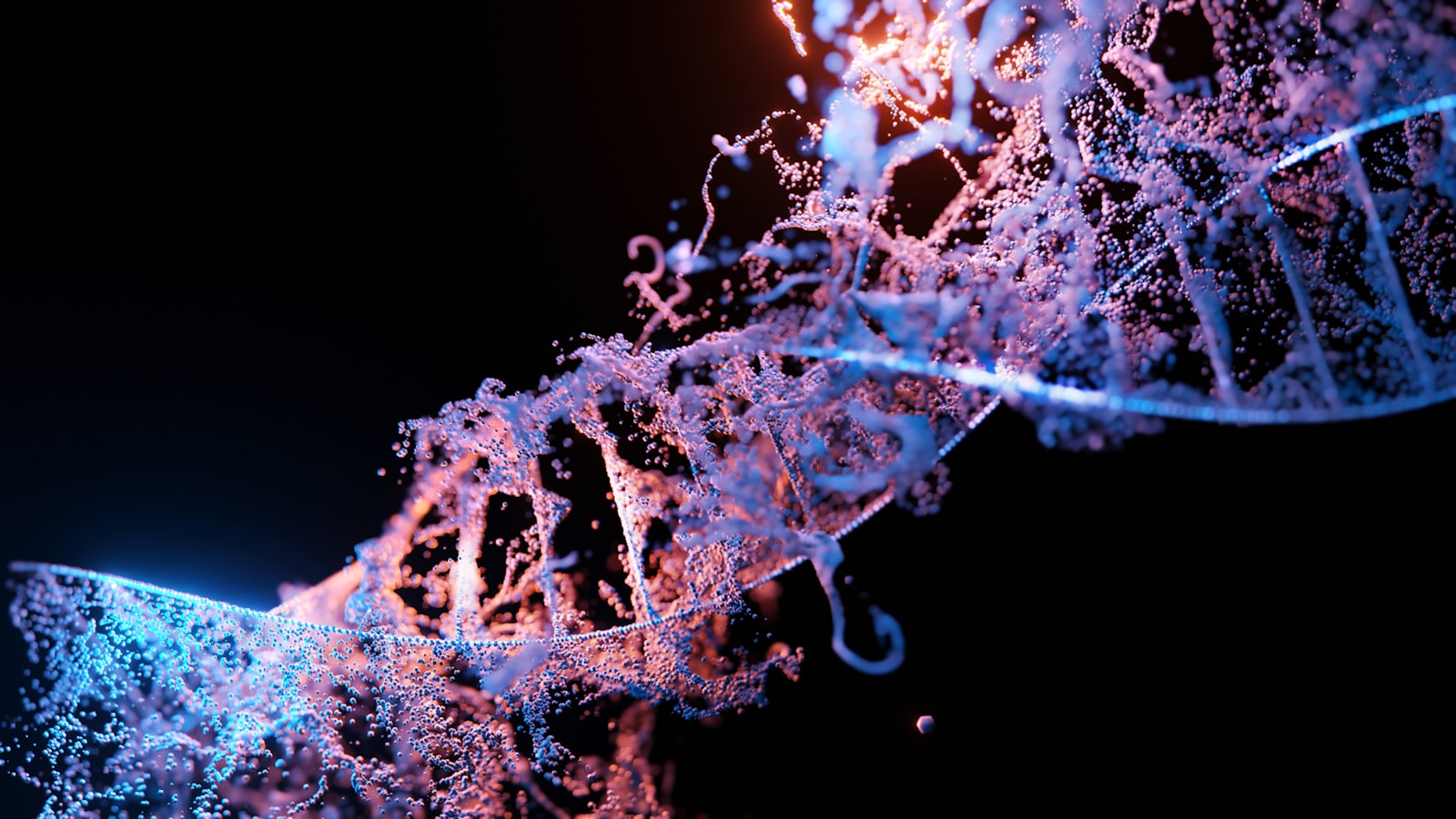Mutagenicity refers to the ability of a substance to cause genetic mutations—permanent changes in the DNA sequence of living cells. Such changes may lead to serious consequences, including cancer, hereditary diseases, and developmental disorders. This is why assessing mutagenicity has become a critical requirement for the safety evaluation of pharmaceuticals, cosmetics, food additives, and chemicals.

Why is mutagenicity a key safety concern?
Mutagenic substances have the potential to alter the genetic material of humans or other organisms. In product development, even low-level, chronic exposure to mutagens can have long-term health implications. Regulatory agencies around the world—such as the FDA, EMA, and Health Canada—require strict mutagenicity assessments to prevent harmful products from reaching consumers.
- Pharmaceuticals: Ensuring that drugs do not cause DNA mutations is vital to protect patients and comply with stringent regulations.
- Cosmetics & Personal Care: Repeated, long-term use of products makes mutagenicity a particular concern for consumer safety.
- Agrochemicals & Food: Ingredients and residues must be tested for mutagenic risk to safeguard public health.
How is mutagenicity tested?
Several established methods are used to detect and measure mutagenic potential, both in vitro (outside a living organism) and in vivo (in living organisms). Today, in vitro assays are preferred for their ethical and scientific advantages.
1. Ames Test (Bacterial Reverse Mutation Test)
- The gold standard for mutagenicity screening.
- Uses specific strains of bacteria (Salmonella typhimurium, E. coli) to detect gene mutations caused by chemicals.
- Rapid, cost-effective, and highly predictive for initial risk assessment.
2. In vitro mammalian cell mutation assay (HPRT and MLA)
- More relevant to humans than bacterial tests like the Ames test.
- Detects a wide range of mutations (point mutations, deletions, etc.).
- Useful for identifying chemicals that require mammalian metabolism to become mutagenic.
3. In Vitro micronucleus assay
- Detects chromosomal damage in cultured mammalian cells.
- Assesses both clastogenic (chromosome-breaking) and aneugenic (chromosome number-changing) effects.
4. Chromosomal aberration test
- Identifies structural changes in chromosomes of mammalian cells.
- Provides a deeper understanding of the nature and extent of DNA damage.
5. Other modern techniques
- Comet Assay: Measures DNA strand breaks at the single-cell level.
- High-content imaging and molecular analysis: Allow for earlier detection and mechanistic insights.

The importance of in vitro testing
Modern mutagenicity evaluation increasingly relies on in vitro methods, which offer rapid results, minimize animal use, and align with evolving regulatory and ethical standards. These approaches are highly adaptable and can be customized to address the complexity of real-world matrices and mixtures.
GenEvolutioN: your partner in mutagenicity testing
At GenEvolutioN, we combine cutting-edge science with regulatory expertise to deliver comprehensive mutagenicity assessments:
- Comprehensive and advanced in vitro assays, including enhanced Ames, mammalian cell mutation assay, micronucleus, chromosomal aberration and comet tests.
- Custom testing strategies for complex materials, mixtures, or poorly soluble substances (UVCBs).
- Full regulatory support, from OECD-GLP compliance to strategic guidance for product development.
Why choose GenEvolutioN?
Because we turn mutagenicity challenges into actionable insights—helping you ensure product safety, regulatory compliance, and public trust.
Want to know more about mutagenicity testing or need expert support?
Contact our team or explore our website to discover how GenEvolutioN can support your innovation journey.

